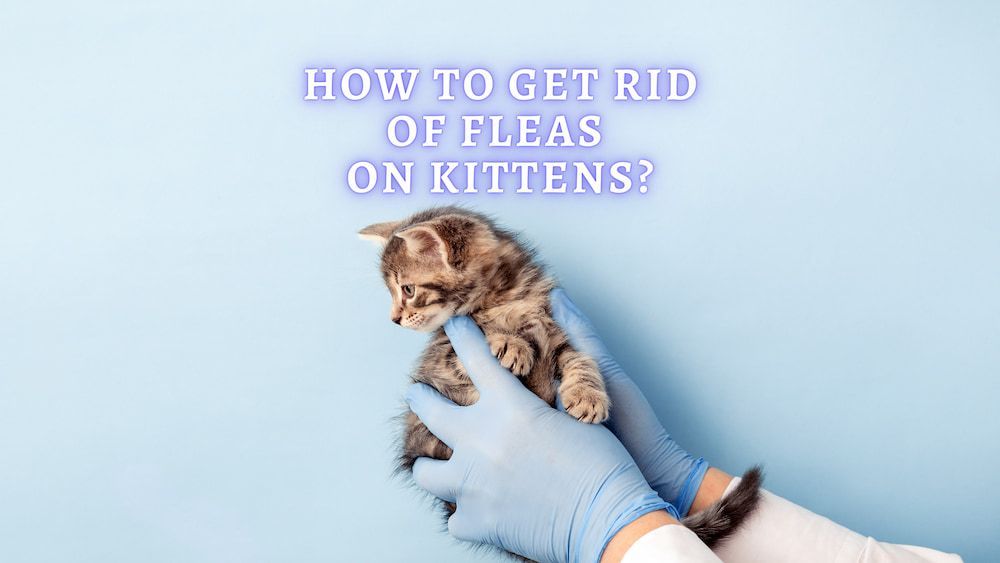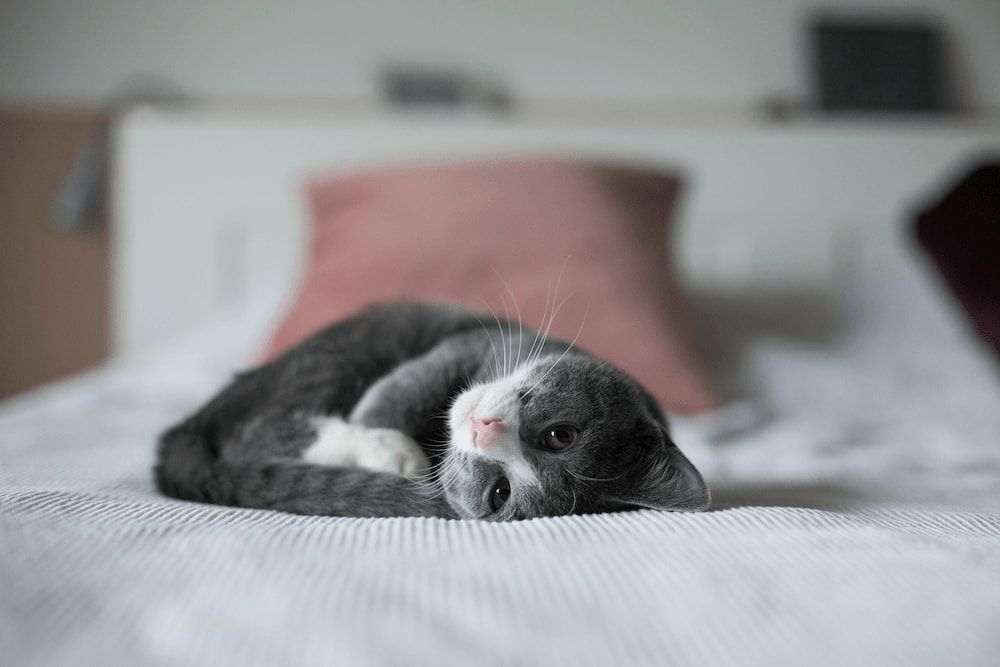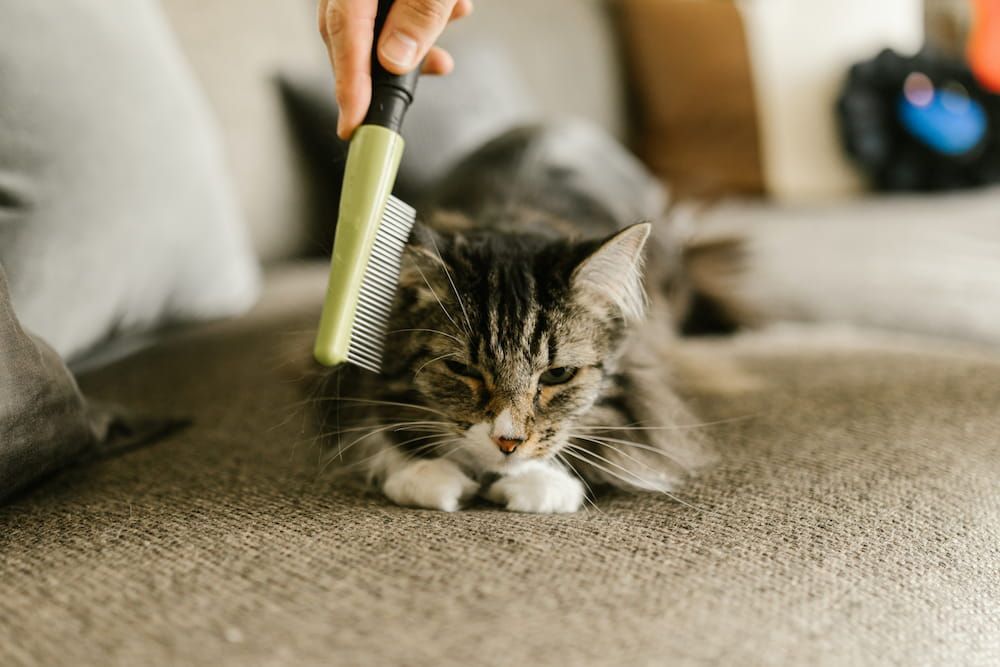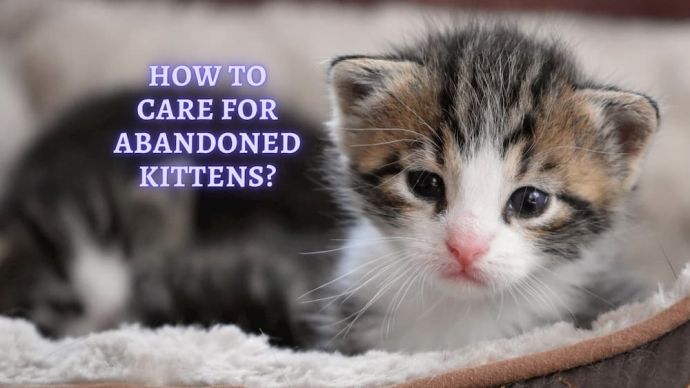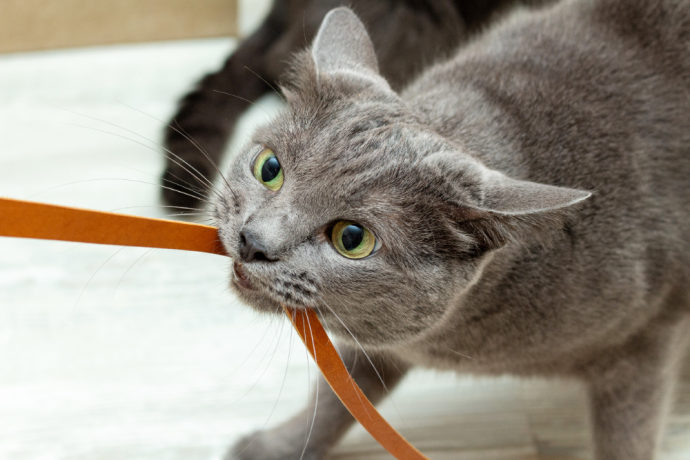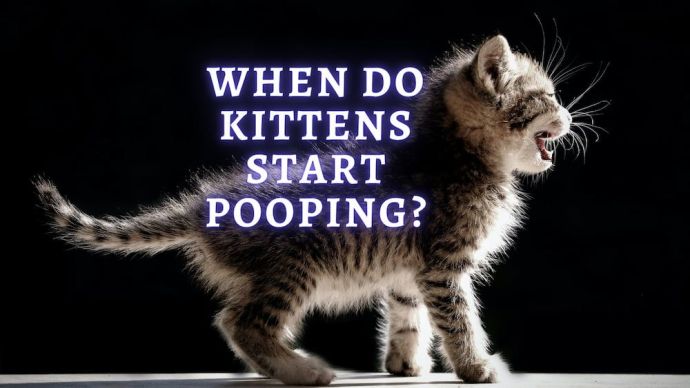How To Get Rid Of Fleas On Kittens? Ways to Treat and Prevent Kitten Fleas
Written by:
Author: Marissa Prizio
Marissa Prizio attended the University of New Hampshire and earned a bachelor's degree in biomedical Animal Science. Marissa has always enjoyed writing; she was even mixing literature classes into her science major in college. During her writing career, she has edited eBooks, written for a variety of websites, and created audio-visual courses for sustainability.
View all 36 articlesLearn about our editorial process and veterinary review board.
Viewed: 118
Updated on: 12/06/2021
Kittens are cute and cuddly, but they can also be flea magnets. These parasitic pests can invade homes and cause disease for pets and people, all by hitching a ride on your sweet little kitten. So how do you fight off the fleas while keeping your kitten healthy? With the right preventative measures, you can provide your furry friend with a parasite-free future. We have consolidated all of the best care points for kittens with infestation right here to make it easier for you.
What are the fleas and how my kitten can get them?
Fleas are considered external parasites, and it is a big problem for your pet. They are tiny flightless bugs that are about the size of a pinhead and they jump to catch onto the fur of their unsuspecting host. These creepy crawlies are so small that they can be hard to see, and most people notice them when they see small specks jumping around or onto their cats. [1] Aside from infesting your home, they also carry parasites like tapeworm and take blood meals from your cat. [2]
While a single flea is rather small, they can damage numbers and almost always come in numbers. They can live anywhere from a week to a year, and in that time they can produce millions of offspring. With millions of hungry fleas collecting blood meals, it is not difficult for an infested young kitten or adult cat to fall ill. [3] The rapid multiplication of these parasites also allows them to leave their current host in search of more favorable hunting grounds, which can include humans and dogs.
So how do these microscopic bugs find young kittens? Fleas can exist for a period of time without a host, making them capable of existing in many outdoor environments until they come across a host. While they can be found almost anywhere their eggs are allowed a warm environment with a host, they are most common in areas with humid climates between 65 to 80 degrees Fahrenheit. [1] In these conditions, they may be existing outside where they will latch onto your cat at any chance, and their small size makes this invasion almost invisible.
Kittens who do not go outside or have never been outside can still fall victim to a flea infestation; even newborn kittens are susceptible. They also can come from other pets that they have interacted with, including the mother cat, other adult cats, or dogs. There is also a chance that they can be transferred on fabrics or people that live in infested areas. [3]
The discomfort may seem like reason enough for you to treat your kitten, but there are several other complications caused by these creepy crawlies. Flea bites can induce allergic reactions of the skin in some individuals. They can also consume 15 times their body weight in blood, and in large numbers, this can lead to anemia. [1] They can also carry parasites and interrupt regular behaviors such as eating and sleeping. While blood loss and interruptions in nutrient uptake are detrimental for animals of all ages, they are especially damaging to very young kittens that require all of their energy to grow.
How do I know my kitten has fleas?
Finding fleas on a kitten can be tricky, but it helps know what you are looking for. They can be as tiny as the head of a pin, and they move relatively fast in your pet’s fur close to the skin. You can separate your cat’s fur in hopes of catching some fleas in action, but just because you can’t see them, it doesn’t mean they aren’t there.
Infected young kittens will display regular scratching, biting, chewing, and licking to cope with the itching caused by flea bites. All of this itching can cause fur loss in areas where the infestation is most irritating. Infected kittens may also display signs of anemia, like lethargy, a low body temperature, and pale gums. [1]
Aside from these behavioral signs, you can also search for fleas using a flea comb dipped in warm water. A fine-toothed flea comb dipped in soapy water can be used almost everywhere on a kitten’s body. Use kitten-safe soap, and be cautious of using dish soap as it can irritate the eyes and the skin. Use the comb to pay special attention near the neck and near the base of the tail, which are hot spots for fleas on cats. If the flea comb reveals small dark grains of sand, that is known as flea dirt and is a sign of their presence. You may also find tiny white particles in your pet’s fur or on the flea comb. These are the eggs. [3]
It is best to do this over a bath and you can give your kitten a full wash if they tolerate it. You will want to clean the entire bath when you are done to eliminate any remaining pests. Then you can gently towel dry your kitten while checking for any residual bugs.
READ MORE: Signs of a Sick Kitten
Recommendations on how to get rid of fleas on kittens & cats
Treating any pet with flea medicine can be difficult, but this is especially true when it comes to a squirmy young kitten. Note that not all treatments are perfectly safe for pets, and even simple home remedies should be checked for veterinarian approval before you use them.
Equipment you need to get rid of fleas on cats
No amount of bathing, even daily bathing, can remove fleas from a kitten without the correct treatment. Fleas can be treated with a number of products, some of which are temporary while others are more long-term. [3] Flea shampoo and flea spray bottle treatments are topical treatments that kill fleas, but their effects aren’t permanent and they can cause skin irritation in some cats. You may need to wash with these products repeatedly and you will also have to remove fleas from your home to make this treatment worthwhile.
Flea collars are another topical option that tends to be longer-lasting since they can kill and repel fleas depending on the brand. These collars come in a variety of sizes with reputable brands like Seresto lasting up to a year. Getting a flea collar will depend on how big your kitten is and if the company makes one in their size, you will also have to adjust its fit as they grow.
Topical liquids can also be administered to your kitten’s fur for longer-acting treatment and prevention, but these topicals may have age limits on them for safety reasons.
Lastly, there are oral flea medications, but oral medication can be tough on a kitten’s stomach and ineffective. Some brands like Capstar only kill fleas that are full-grown, which may help to break the cycle, but it still leaves opportunities for the eggs to develop into new parasites and reinfect your home later.
It is also of the utmost importance to note that dog products can contain certain compounds that are toxic to cats and kittens. Always check instructions and warnings before using a treatment, dish soap can even be harmful to kittens if the wrong kind is used.
How to get rid of fleas in the whole house?
Fleas can persist in your house even after your pet and their bedding has been treated. Their small eggs and hearty-ness make removing them completely almost impossible, even if you attempt to suck them all up in a vacuum bag. There are at-home methods for killing fleas and sprays that can be used in the home. Even methods may help deter these pests outside of your home, like cedar chips. However, an intense infestation is often best treated by professional pest control specialists who have access to effective pesticides for remaining parasites and can do a deep vacuum cleaning. [1]
How to prevent fleas in the future?
Preventing future infestations is much like treating current ones. Many of the topical treatments discussed, especially the collars and liquid topicals, kill and deter fleas from attaching to your cat. Treating your dogs and cats with preventatives regularly can help guarantee your kittens a happy life.
FAQs
How do you treat fleas on kittens?
Fleas on kittens should be treated with shampoos, a spray, collars, or topical preventatives that are tested and approved for their age range. Your veterinarian can recommend safe options for kittens younger than a few months. You should also consider the safety of any treatments you use on their bedding or around the home, and you should make sure your other pets are protected.
How do you get rid of fleas on kittens naturally?
If left untreated, adult fleas can seriously damage a kitten’s or health. They may be slightly deterred by some natural products no amount of natural methods, like apple cider vinegar, soapy water, or lemon juice, will fully remove parasites and their eggs from a kitten. Often, medically approved and researched flea treatments must be used.
What flea treatment is safe for kittens?
There are a number of flea treatments that have been tested for safety when used on cats, but not every remedy is kitten-friendly. The treatments come in doses based on weight or age, and even then you should exercise caution when applying these treatments. Bravecto and Revolution are just a few of the topical brands with kitten-sized dosages, but if your kitten is still too young for these treatments, there are kitten-safe flea shampoos and sprays.
READ MORE: Best Flea Treatment for Cats
Article Sources:
- “Fleas and Ticks.” ASPCA, aspca.org/pet-care/general-pet-care/fleas-and-ticks.
- Ward, Ernest. “Tapeworm Infection In Cats.” VCA Hospitals, vcahospitals.com/know-your-pet/tapeworm-infection-in-cats.
- Ward, Ernest. “Flea Control In Cats.” VCA Hospitals, vcahospitals.com/know-your-pet/flea-control-in-cats.
 Kitten Care When to Switch from Kitten to Cat Food: Vet Advice on Switching on Adult Cat Food
Kitten Care When to Switch from Kitten to Cat Food: Vet Advice on Switching on Adult Cat Food - 309
- 0
 Kitten Care How Do I Introduce My Cat To A New Kitten? 7 Steps To Introduce Cats to Each Other
Kitten Care How Do I Introduce My Cat To A New Kitten? 7 Steps To Introduce Cats to Each Other - 80
- 0
 Cat Care Why Does My Cat Attack My Legs? 10 Reasons Why and What To Do About It (Vet-Approved Advice)
Cat Care Why Does My Cat Attack My Legs? 10 Reasons Why and What To Do About It (Vet-Approved Advice) - 45082
- 21
 Cat Veterinary Tips Cat Stomach Gurgling: Vet Advice on Why is Your Cat Stomach Gurgling?
Cat Veterinary Tips Cat Stomach Gurgling: Vet Advice on Why is Your Cat Stomach Gurgling? - 33729
- 4
 Cat Veterinary Tips My Cat Lost its Voice: Can Cats get Laryngitis? (Vet Advice)
Cat Veterinary Tips My Cat Lost its Voice: Can Cats get Laryngitis? (Vet Advice) - 22889
- 13









